Walmart CEO Says “Basically Every Job Gets Changed” by AI, Experts Warn Against AI Workslop

Artificial intelligence (AI) is rapidly transforming the workplace, and few leaders have stated it more clearly than Doug McMillon, CEO of Walmart, the world’s largest private employer. In a recent interview with the Associated Press, McMillon declared, “Basically every job gets changed” by AI. Importantly, he also said that in the era of AI, roles could get “plussed up,” not simply eliminated.
McMillon’s emphasis is on how AI augments and reshapes roles rather than wipes them out. Meanwhile, a growing body of research is highlighting a related caution: while AI tools can empower workers, indiscriminate or careless use risks creating “AI workslop,” a form of low-quality output that actually drags down productivity and strains collaboration across organizations.
AI as a force for job transformation, not just automation
Walmart’s workforce now numbers about 2.1 million worldwide, including roughly 1.6 million in the United States. Nearly every role, from warehouse floors to executive offices, will be touched by AI, McMillon emphasized. “Maybe there’s a job in the world that AI won’t change, but I haven’t thought of it,” he told the Wall Street Journal in an interview (via CNBC).
The speed and nature of this transformation will differ across job categories. Of Walmart’s global team, fewer than 75,000 are in home office roles. These positions, more exposed to digital workflows and rapid AI integration, are likely to evolve first, a trend that’s already visible with early adoption of AI-driven chatbots and supply chain analytics. Meanwhile, the vast majority of frontline employees, working in stores and distribution centers, will experience more gradual shifts in their day-to-day work as technology becomes increasingly embedded in operational processes.
Walmart does not anticipate major reductions in its overall headcount for at least the next three years, according to McMillon and company leaders. Instead, old responsibilities are expected to fade away while new, often higher-paying roles appear, continuing a historical pattern observed in past waves of workplace innovation. This evolution is shaped by continuous investments in employee upskilling and training, an approach that aims to equip the current workforce to fill the emerging roles created by automation and AI.
According to FOX Business, at Walmart’s Opportunity Summit in Bentonville last month, McMillon framed the AI-driven future as an opportunity to “create the chance for everybody to make it to the other side,” prioritizing employee reskilling as the jobs evolve.
When AI produces more problems than solutions
While Walmart’s pragmatic vision of AI-enhanced roles is promising, a recent report published in the Harvard Business Review illuminates a pervasive problem undermining productivity in many AI-adopting workplaces. The study reveals that workers increasingly generate “workslop” or AI-created content that superficially appears polished but ultimately “lacks the substance to meaningfully advance a given task.”
Workslop, sometimes called “AI slop” on social media, includes memos, reports, presentations, or code that look complete but are incomplete, misleading, or missing important context. “The insidious effect of workslop is that it shifts the burden of the work downstream, requiring the receiver to interpret, correct, or redo the work,” the report’s authors write. This forces colleagues to spend hours revising or redoing the AI-generated output, negating the intended efficiency gains.
This phenomenon is widespread. Research from BetterUp Labs, Stanford Social Media Lab, and the MIT Media Lab highlights that while AI usage in the workplace has doubled since 2023, 95% of organizations report no measurable return on their AI investments due in large part to the prevalence of workslop.

Why workslop undermines remote and distributed workforces
For companies leveraging remote staffing, outsourcing, or virtual assistant services, the consequences of workslop can be particularly significant. Distributed teams often rely heavily on clear, thorough communication and well-prepared deliverables to collaborate effectively across time zones and cultural differences. When AI-generated materials are shallow or flawed, remote colleagues must spend additional time clarifying and correcting work, which delays progress and erodes trust.
Moreover, remote staffing solutions that deploy AI tools without strong quality controls risk amplifying these productivity losses. Without onsite supervision or immediate feedback loops, the burden of addressing poor AI output disproportionately falls on other team members, harming morale and increasing operational costs.
Leadership strategies to combat workslop and harness AI’s potential
Leaders at all levels must recognize and address workslop proactively to realize AI’s full benefits. Key recommendations from the Harvard Business Review and industry experts include:
- Set clear quality standards. Develop guidelines for AI-generated content that define acceptable depth, context, and completeness to differentiate between valuable AI assistance and workslop.
- Provide training and coaching. Equip workers, including remote staff and virtual assistants, with skills to critically evaluate and refine AI outputs rather than treating the tool as a shortcut.
- Foster a culture of accountability. Encourage responsible AI use where employees understand their role in ensuring quality rather than blindly accepting shallow content.
- Implement collaborative review processes. Especially in distributed or outsourced teams, introduce systematic peer review or editorial steps to catch and correct workslop before it cascades downstream.
- Measure AI impact rigorously: Use metrics and feedback to identify workslop-related inefficiencies and adjust AI integration strategies accordingly.
Navigating change in the age of AI
As McMillon observes, AI will transform virtually every job, reshaping the future of work but not necessarily eliminating human roles. This transformation demands resilience, adaptability, and upskilling in the face of rapid technological change. However, realizing AI’s promise requires more than simply adopting the technology. It calls for ongoing diligence to prevent the spread of “workslop,” wherein superficially impressive AI-generated output falls short in substance, ultimately creating additional burdens rather than efficiencies.
For businesses invested in remote staffing, this dual challenge is acute. Embracing AI responsibly means empowering workers to deploy these tools skillfully while leadership enforces rigorous quality standards. Only then can organizations unlock AI’s potential as a true productivity multiplier rather than a source of distraction and delay.









